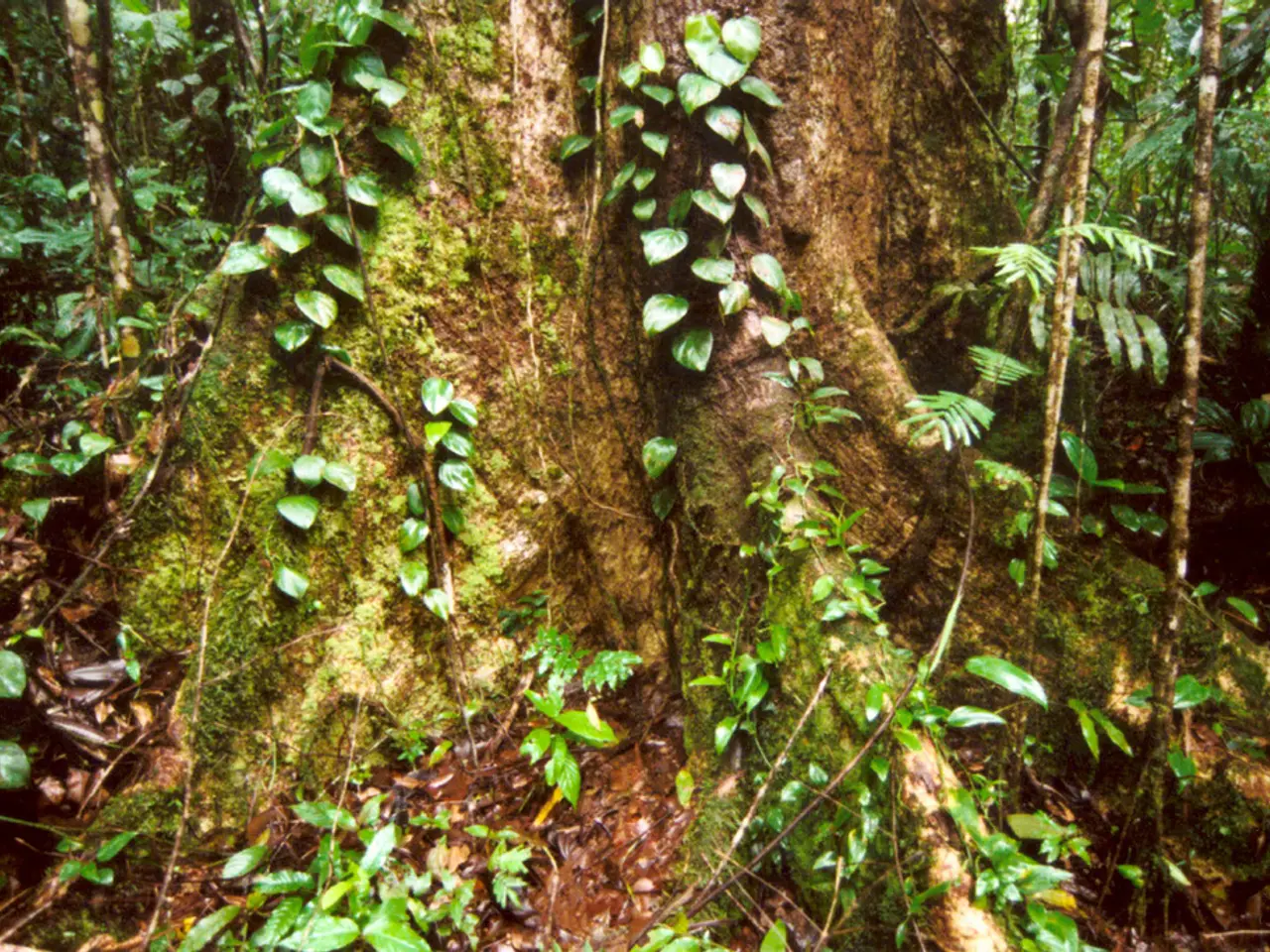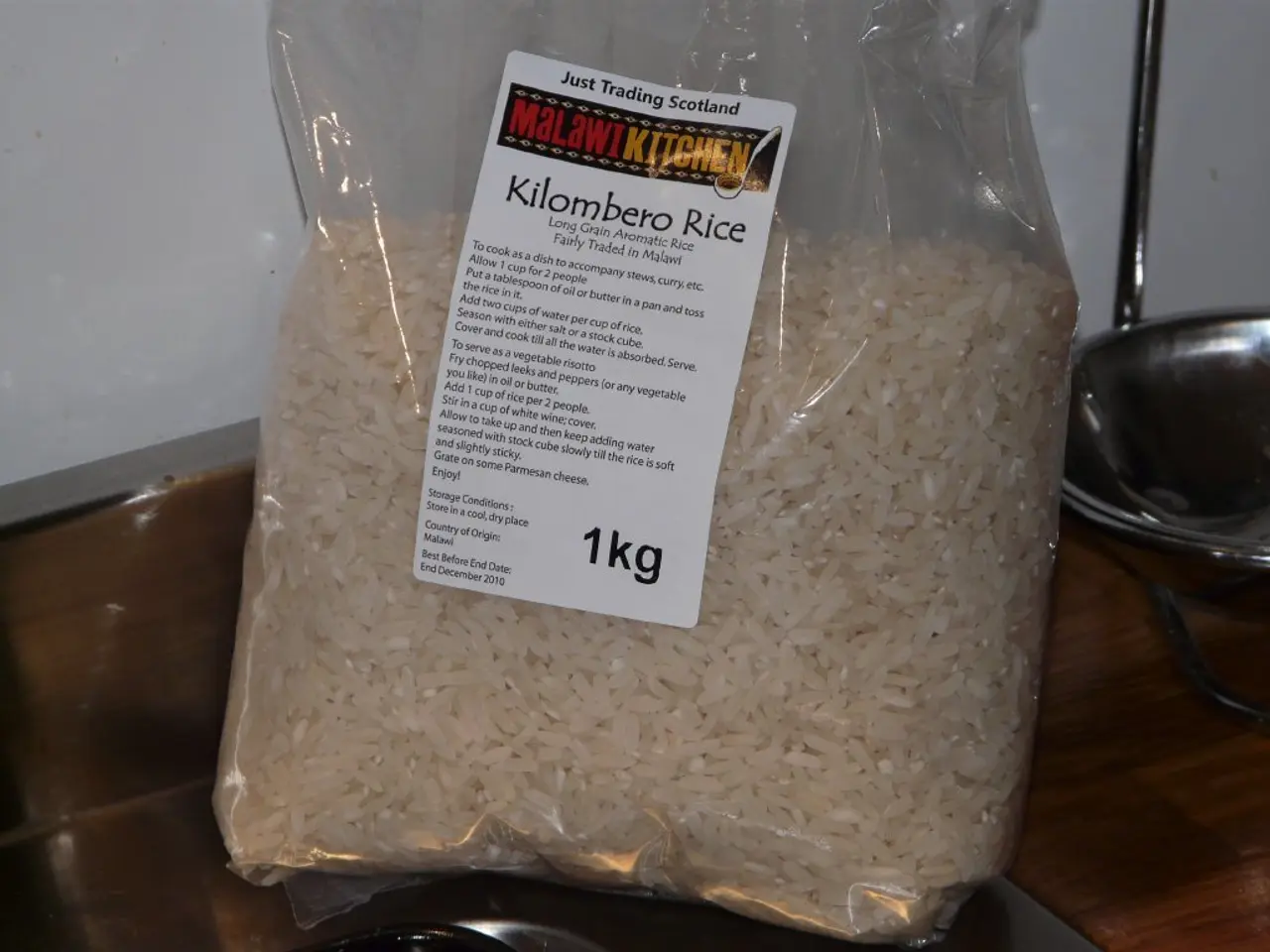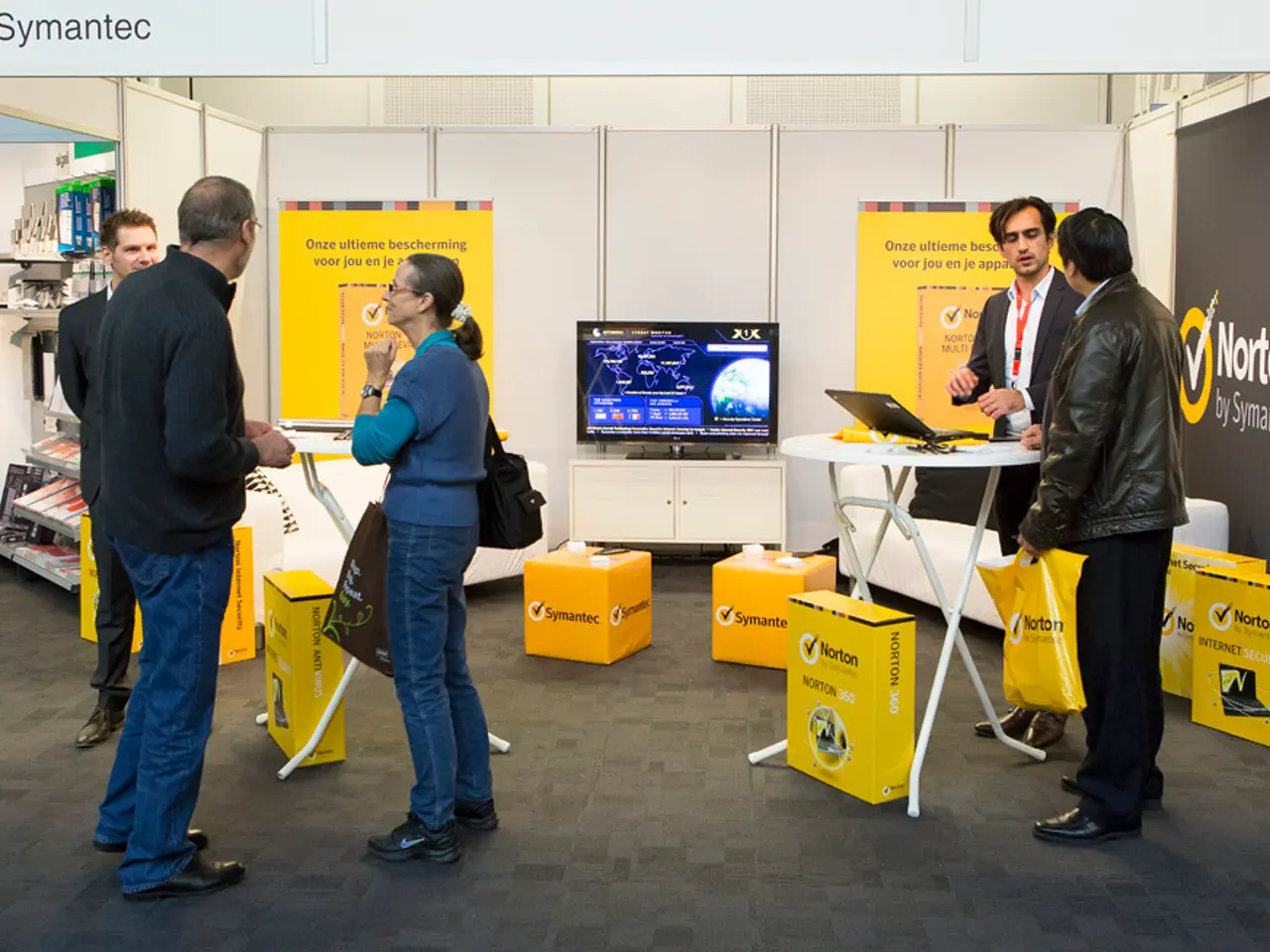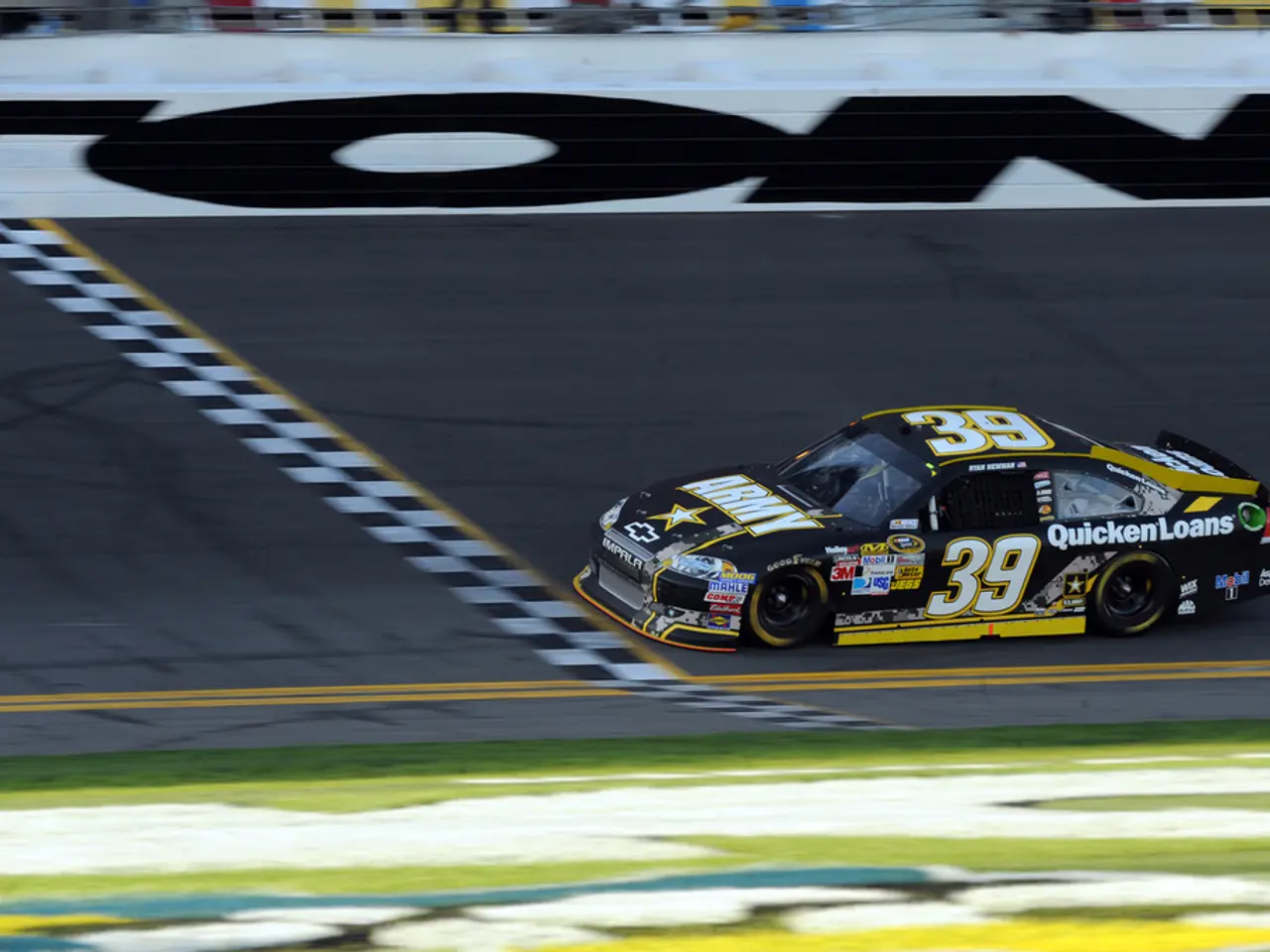Eliminating Tree of Heaven: Four Practical Elimination Strategies
The Tree of Heaven, scientifically known as Ailanthus altissima, is a notorious invasive species found in USDA zones 4 through 9 across the United States. This fast-spreading tree, with its distinctive pinnately compound leaves and strong, unpleasant odour, is a preferred host of the invasive spotted lanternfly.
Identifying the Tree of Heaven is relatively straightforward. It grows rapidly, preferring full sun, and is commonly found on roadway edges, meadows, or disturbed areas. The leaves are compound with numerous leaflets, featuring a distinctive gland at the base. The tree produces winged seed clusters (samara) and emits a strong, unpleasant odour when crushed. Small saplings have slender stems with multiple leaflets, while mature trees have tall, straight trunks.
Eradicating the Tree of Heaven requires a strategic approach, targeting different growth stages using appropriate methods and timing.
For small saplings, hand-pulling is effective when the soil is moist. It's crucial to ensure the entire root system is removed, as even a small fragment can resprout. This method is effective because root fragments left in the soil will generate new shoots.
For larger trees, the most reliable approach is to cut down the tree and immediately treat the stump or cuts with systemic herbicides like glyphosate or triclopyr to kill roots and prevent vigorous resprouting. The best timing for herbicide application is in the fall, as the tree translocates nutrients to the roots, allowing effective systemic herbicide uptake. Repeated treatment is often necessary due to extensive root systems and the tree's ability to resprout aggressively from roots and stumps.
Proper timing of herbicide applications is essential. Apply herbicide to Tree of Heaven between mid and late summer, and cut the trees in late fall through early spring. The hack-and-squirt treatment is best for smaller infestations of trees with trunks at least one inch in diameter, while the basal bark treatment involves applying herbicide directly to the trunk in a 12- to 18-inch solid band around the base of the tree and works best for trees under six inches in diameter.
Removing the Tree of Heaven is critical for managing spotted lanternfly populations, but removal alone does not guarantee spotted lanternfly absence. Other approaches include using male trees as trap trees and applying sticky bands with protective wire to catch pests while avoiding unintended animal captures. After removal, replanting with competitive native trees is advised to reduce re-invasion and restore habitat.
In summary, effective eradication of Tree of Heaven depends on identifying trees early, removing saplings by hand, cutting and treating mature trees with herbicide at the right time (fall), and removing roots to prevent resprouting. This strategy applies across the common USDA zones where it grows and is essential for both invasive tree control and integrated pest management against spotted lanternfly.
Follow-up treatment will be necessary, so monitor the site for any surviving trees or new sprouts. Always remember not to cut or mow Tree of Heaven, as this encourages root suckers and stump sprouting.
Serena Manickam, a freelance editor and writer and sustainable market gardener in rural Virginia, runs Fairydiddle Farm, a small market garden in which she grows no-spray produce and herbs to sell at a local farmer's market. Her knowledge and experience in environmental science make her a valuable resource in the fight against invasive species like the Tree of Heaven.
- Serena Manickam, who runs a small market garden called Fairydiddle Farm, grows herbs along with no-spray produce, highlighting her lifestyle and dedication to sustainable gardening within home-and-garden settings.
- The invasive Tree of Heaven can be found in various USDA zones, growing particularly well in full sun and thriving on roadway edges, meadows, or disturbed areas, often accompanied by the unpleasant odor it emits when crushed.
- Proper decorative gardening practices dictate that mature trees, once cut down, must immediately be treated with systemic herbicides like glyphosate or triclopyr to kill roots and prevent vigorous resprouting, ensuring a garden remained free from invasive species.
- Manickam's knowledge and experience in environmental science make her a valuable resource for home-and-garden enthusiasts striving to protect their gardens from invasive species, such as the Tree of Heaven, and maintain a healthy, sustainable lifestyle.




